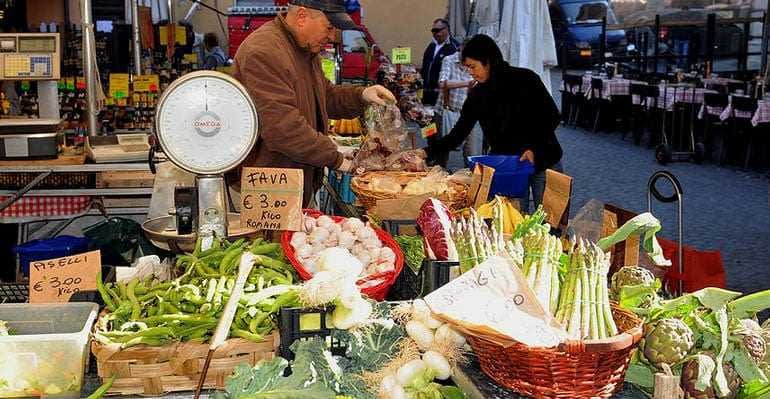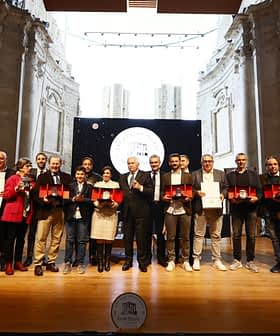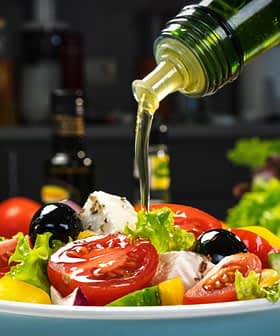
UNESCO has recommended the Mediterranean Diet for a place on the organization’s Intangible Cultural Heritage List. The ratifying vote is expected to take place at the UN agency’s 14 – 19 November meeting in Nairobi. Giancarlo Galan, the Italian Minister of Agriculture, in anticipation of a favorable vote, today said, “It is a huge success for our country, our dietary traditions, and our culture.“
The Mediterranean Diet is rich in olive oil, fruits and vegetables, grains, fish, and wine. The Intangible Cultural List was started in 2003 and now comprises some 166 entries, including Croatian Lace Making, Argentinean Tango and Tibetan Opera. Readers are probably more familiar with UNESCO’s activities relating to the conservation of physical places such as Venice.
The initiative to include the Mediterranean Diet on the Intangible Cultural Heritage List began four years ago when Italy, Spain, Greece, and Morocco put it forth. It did not meet UNESCO’s guidelines and the initiative was rejected. Last August the four countries, with Italy coordinating, reworked their submission request.
Coldiretti, Italy’s agricultural special interest group and lobby, reports that the Mediterranean Diet has helped Italians in having the greatest longevity in Europe, with women living to the average age of 84.1 and men to 78.6 years. The diet of younger Italians is not as good as that of its more elderly citizens, and receiving this prestigious recognition, should encourage younger Italians to eat a more healthy diet, or so it is hoped
Coldiretti further reports that food and wine tourism, or enogastronomic tourism, is valued at 5 billion euros a year. It is the only segment of the tourism industry which continues to grow, and this should further help this area. Of course, olive oil producers are hoping that consumers will pull very tangible
bottles of olive oil off supermarket shelves.
Galan praised employees of the Ministry of Agriculture for their work. In an expansive mood, he sought to tie the Mediterranean Diet to the Roman Empire. Galan said, “In reading a history book I found a list of ingredients used by a French monastery at the beginning of the Middle Ages. On this list I found olive oil, dates, figs, almonds and pistachios. Pepper, cloves and cinnamon were also on the list. And, since at that time, not so distant from the time the Romans ruled the Mediterranean, there were 30 casks of garum on the list. Could this be the intangible culture, which underlies the Mediterranean Diet? And does the tomato belong on the diet? In brief, the Mediterranean world is so rich in history and extraordinary civilizations based on agriculture, that there is nothing to do but thank UNESCO for recognizing the Mediterranean Diet on its list of World Heritage Intangibles.”
In related news, earlier this summer, the Aurora Trust and the Italian Ministry of Culture reported on archeological discoveries off Zannone, one of the Pontine Islands. Four remarkably well-preserved shipwrecks were discovered. The Pontines were the ancient crossroads for ships traveling between Italy, Spain, and North Africa. The four ships, dating from between the 5th and 7th centuries BCE to the 1st century CE, had cargoes of amphorae with olive oil, wine, and garum, as well as bricks for building.








